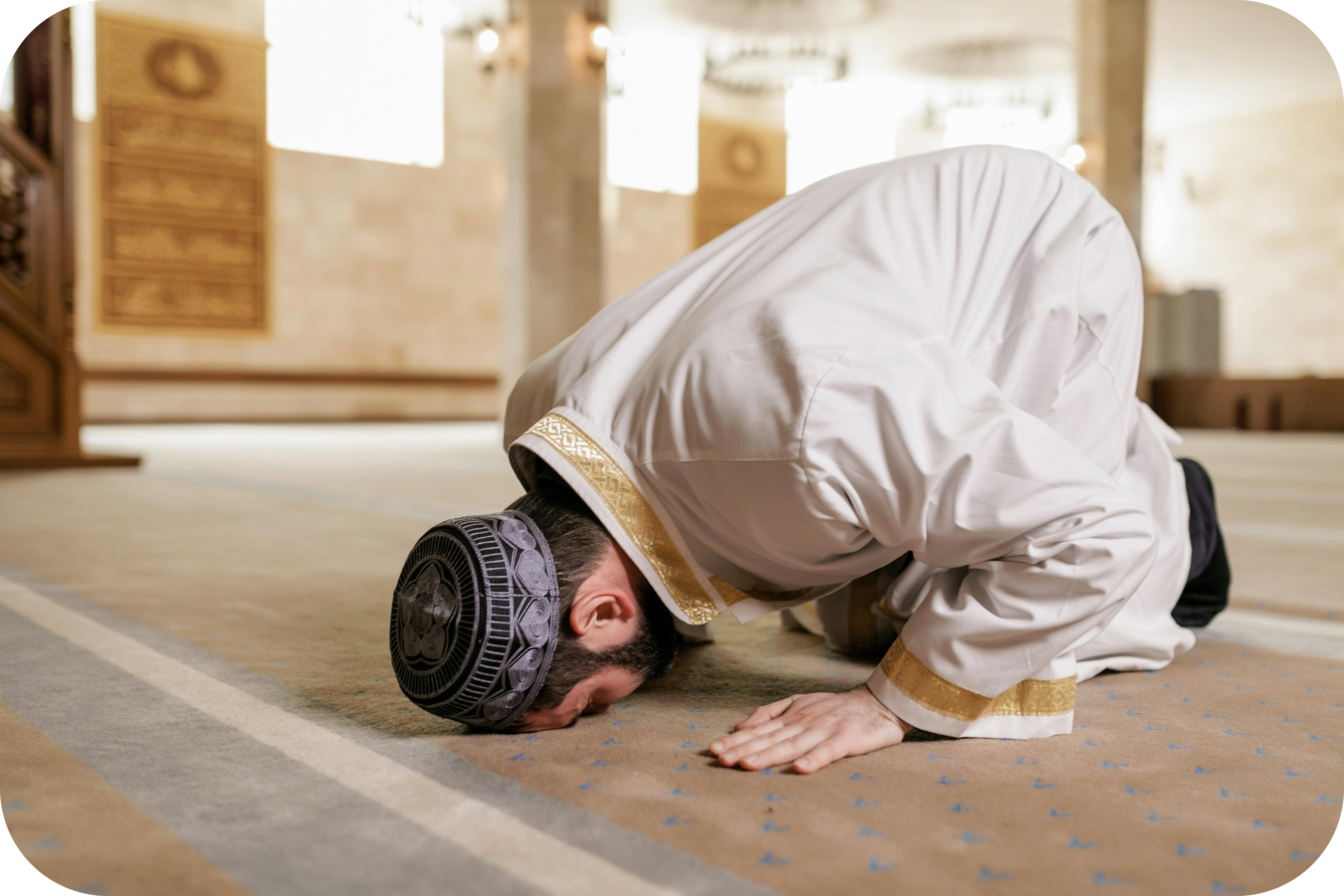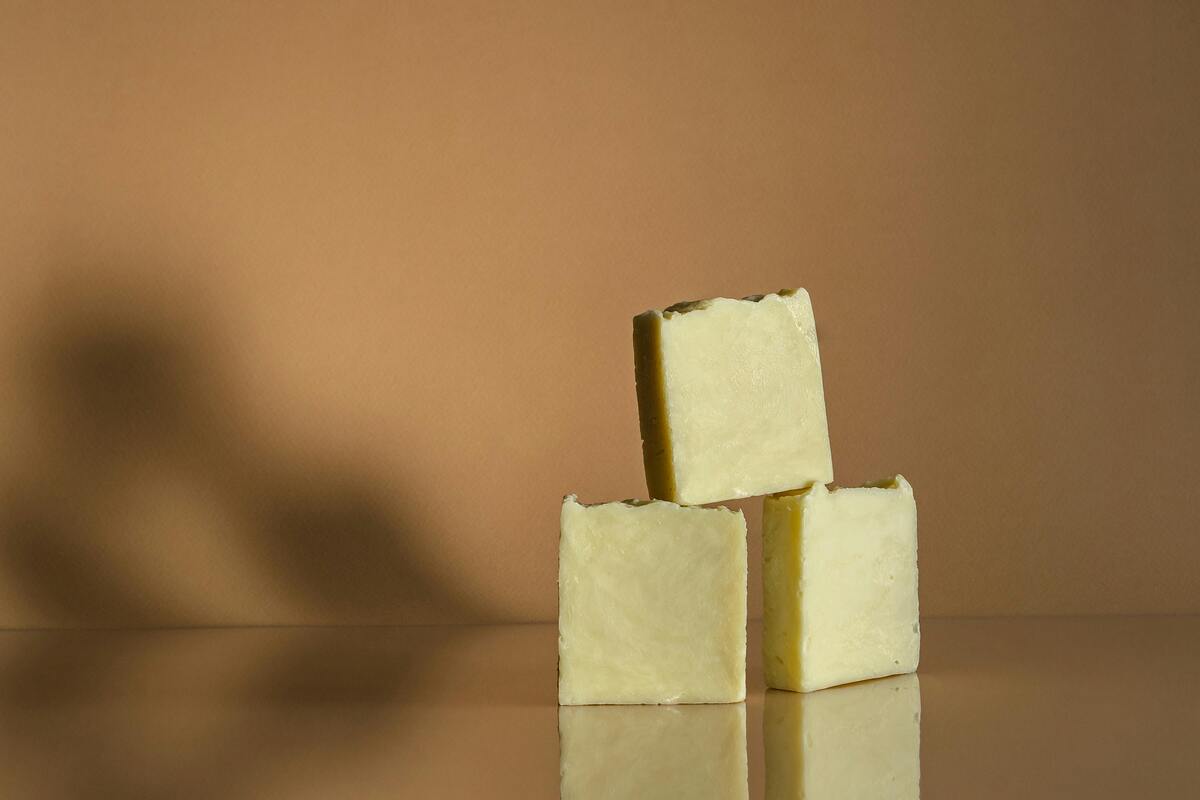Salah, the five daily prayers, is a fundamental practice in Islam. It's a way for Muslims to connect with Allah, seek His guidance, and strengthen their faith. This guide will walk you through the steps of performing Salah and explain how to make up for missed prayers, with references from the Quran and Hadith.
The five daily prayers consist of Fajr (Dawn Prayer), Dhuhr (Noon Prayer), Asr (Afternoon Prayer), Maghrib (Sunset Prayer), and Isha (Night Prayer). To find your Salah times, please check the prayer timetable here.
How to Pray Salah
Understanding the importance and significance of Salah is essential, but knowing the correct way to perform it is just as crucial. Let's delve into the steps of how to pray Salah properly:
Step 1: Purification (Wudu)
Before performing Salah, one must be in a state of ritual purity, achieved through wudu (ablution). The Quran says:
"O you who believe, when you rise to [perform] prayer, wash your faces and your forearms to the elbows and wipe over your heads and wash your feet to the ankles"
(Surah Al-Maidah, verse 6)
If you want to learn more about how to make wudhu, read here
Step 2: Facing the Qiblah
Muslims face the Kaaba in Mecca during Salah. This direction is called the Qiblah.
"So turn your face toward al-Masjid al-Haram. And wherever you [believers] are, turn your faces toward it [in prayer]"
(Surah Al-Baqarah, verse 144)
Step 3: Intention (Niyyah)
Before starting Salah, silently make the intention to pray. The Prophet Muhammad (PBUH) said:
"Actions are but by intentions and every man shall have only that which he intended"
(Bukhari)
Step 4: The Opening Takbir

Begin the prayer by raising your hands to your ears and saying, "Allahu Akbar" (Allah is the Greatest). This marks the official start of the Salah.
Step 5: Reciting Surah Al-Fatiha and Another Surah
After raising your hands and saying Takbir, lower your hands and place them over your navel, with your right hand placed over your left hand.
Then, recite Surah Al-Fatiha. Following Al-Fatiha, recite another short Surah or a few verses from the Quran, such as Surah Al-Ikhlas.
Step 6: Ruku (Bowing)

Bend at the waist, keeping your back straight, and place your hands on your knees. Say, "Subhana Rabbiyal Adheem" (Glory be to my Lord, the Most Great) three times.
Step 7: Rising from Ruku
Stand up straight and say, "Sami' Allahu liman hamidah" (Allah hears those who praise Him), followed by "Rabbana lakal hamd" (Our Lord, to You is due all praise).
Step 8: Sujud (Prostration)

Prostrate with your forehead, nose, palms, knees, and toes touching the ground. Say, "Subhana Rabbiyal A'la" (Glory be to my Lord, the Most High) three times.
Step 9: Sitting Between the Two Sujud
Sit back on your legs with your right foot upright and your left foot flat, sitting on the left foot. Place your hands on your thighs and say, "Rabbighfir li" (My Lord, forgive me).
Step 10: Second Sujud
Prostrate again, repeating "Subhana Rabbiyal A'la" three times (or more, if desired).
Step 11: Arise from the sujud

Now, you have completed one full rak’ah. The first rak’ah of every prayer is performed with these twelve steps. If you want to continue to the next rak’ah, return to the standing position and say "Allahu Akbar."
When you reach the end of the second rak’ah, you will perform the tashahud, or Step 12.
Step 12: Tashahhud (Sitting for Testification)

Perform the tashahud at the end of every two rak’ahs. Instead of standing up after the two sujud, you will sit on your legs and knees again. Raise your right index finger and recite the tashahud.
Tashahhud: Arabic Text and Translation
Arabic:
At Tahiyyaatu lilaahi was Salawaatu wat tayibaatu
Assalaamu ‘alaika ayyuhan nabiyyu wa rahmatu Allahi wa barakaatuh
Assalaamu ‘alaynaa wa ‘alaa ‘ebaadillaahis saaliheen,
Ash hadu allaa ilaha illa Allah Wa ash hadu anna Muhammadan ‘abduhuu wa rasuuluh
Translation:
All compliments, prayers and pure words are due to Allah.
Peace be upon you, O Prophet, and the mercy of Allah and His blessings.
Peace be upon us, and on the righteous slaves of Allah.
I bear witness that none has the right to be worshipped except Allah, and I bear witness that Muhammad is His slave and Messenger.
If this is the final rak’ah in the prayer, then you will add this part to the tashahud:
Arabic:
Allahumma salli ‘ala Muhammadin wa ‘ala aali Muhammad
Kamaa salayta ‘ala Ibraaheem wa ‘ala aali Ibrahim
Innaka Hameedun Majeed
Wa baarik ‘ala Muhammadin wa ‘ala aali Muhammad
Kamaa baarakta ‘ala Ibraaheem wa ‘ala aali Ibrahim
Innaka Hameedun Majeed
Translation:
O Allah, send prayers upon Muhammad and upon the family (or followers) of Muhammad,
Just as You sent prayers upon Ibrahim and the family (or followers) of Ibrahim.
Verily, you are full of Praise and Majesty.
O Allah, bless Muhammad and the family (or followers) of Muhammad
Just as You blessed Ibrahim and the family (or followers) of Ibrahim.
Verily, you are full of Praise and Majesty.
Step 13: Ending the Prayer
Conclude the prayer by turning your head to the right and saying, "Assalamu Alaikum wa Rahmatullah" (Peace and mercy of Allah be upon you) to the angels and anyone on your right, then turn your head to the left and repeat the phrase to the angels and anyone on your left.
Conclusion
Performing Salah is a daily act of worship that requires sincerity, focus, and devotion. If a prayer is missed, it's essential to make it up as soon as possible, following the guidance of the Prophet Muhammad (PBUH). By maintaining regular prayers and making up missed ones, Muslims strive to stay connected with Allah and strengthen their faith.
If you want to learn about other prayers, such as Sunnah prayers, check the article here.
Sell with Riwaya
Are you a seller of Islamic products looking to reach a global audience of discerning buyers?
Join Riwaya today and become part of a vibrant community dedicated to promoting Islamic culture and heritage worldwide. Let us help you connect with customers who share your passion for excellence and authenticity in Islamic products.



















































